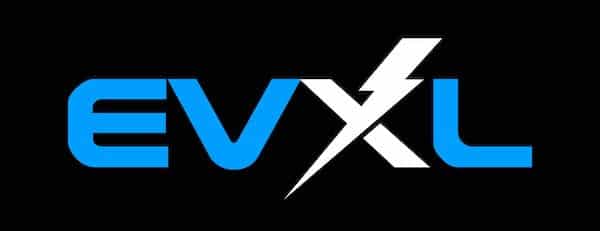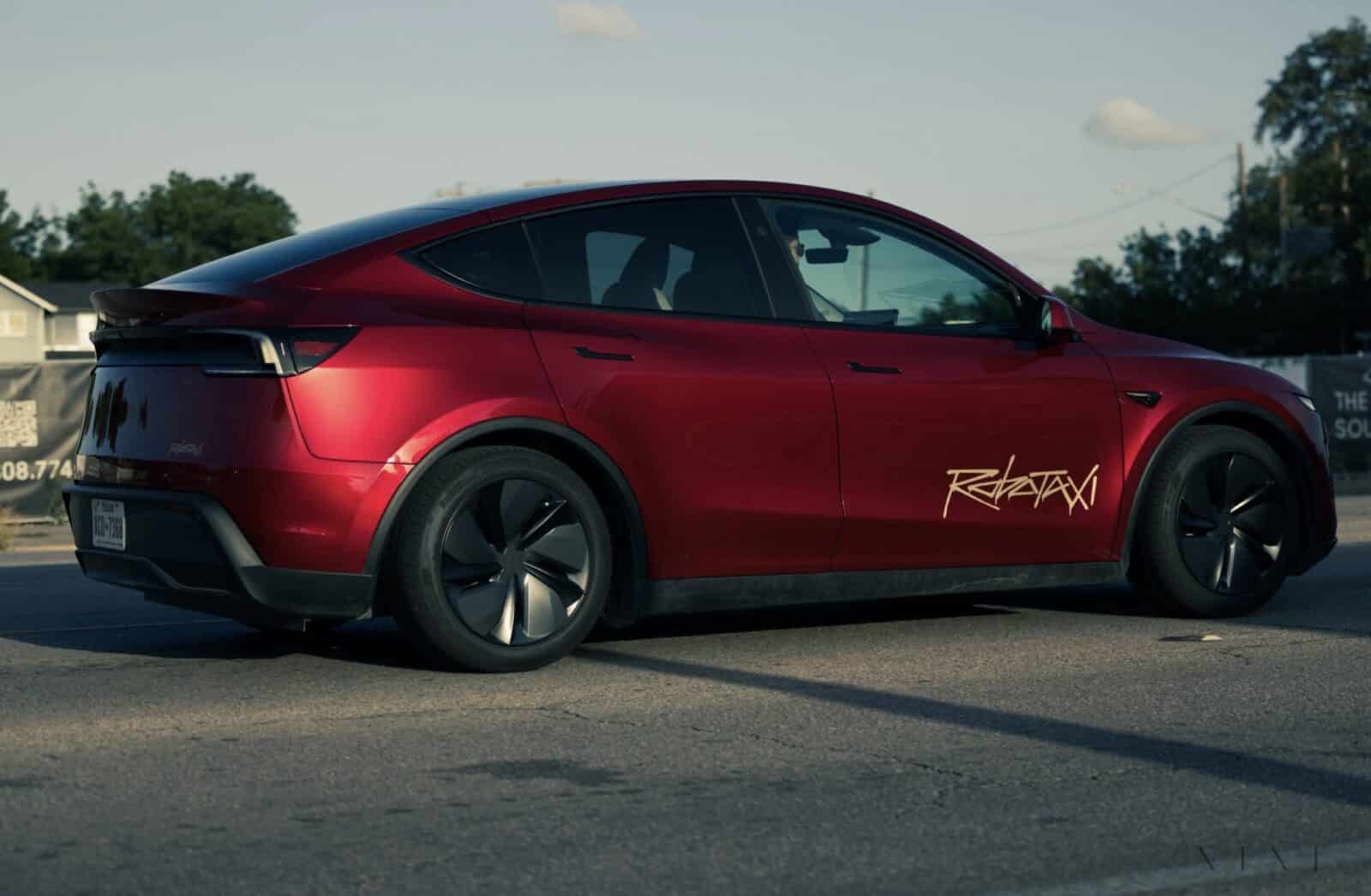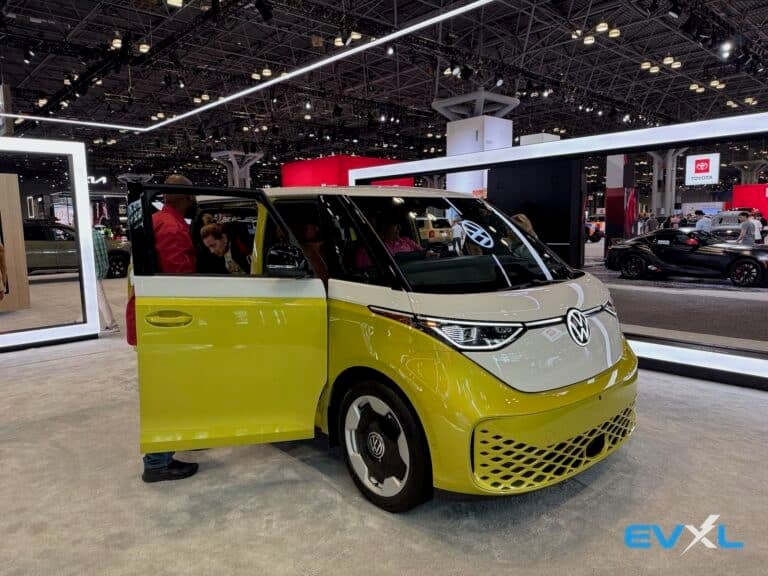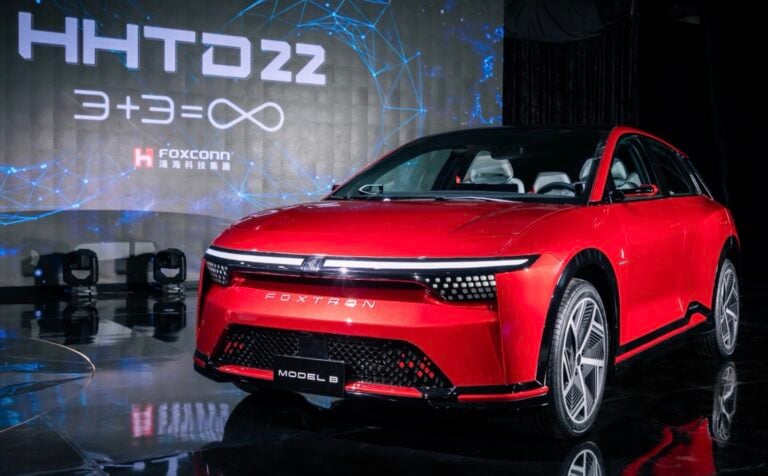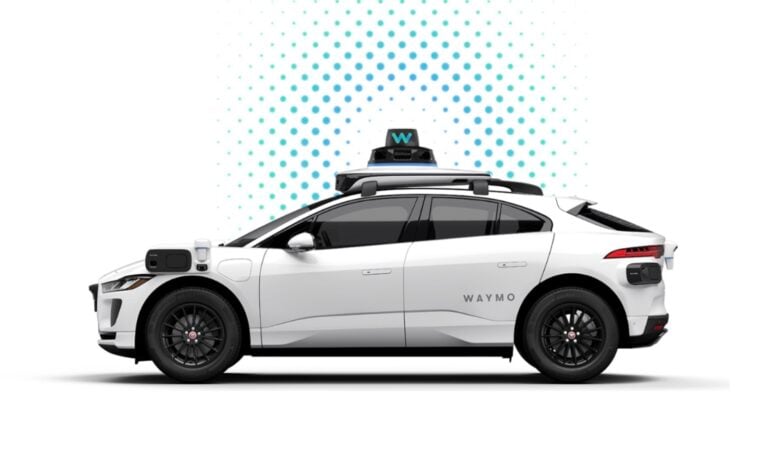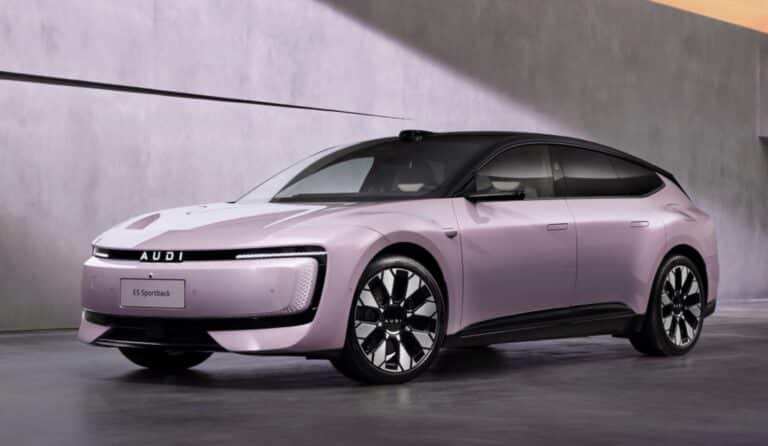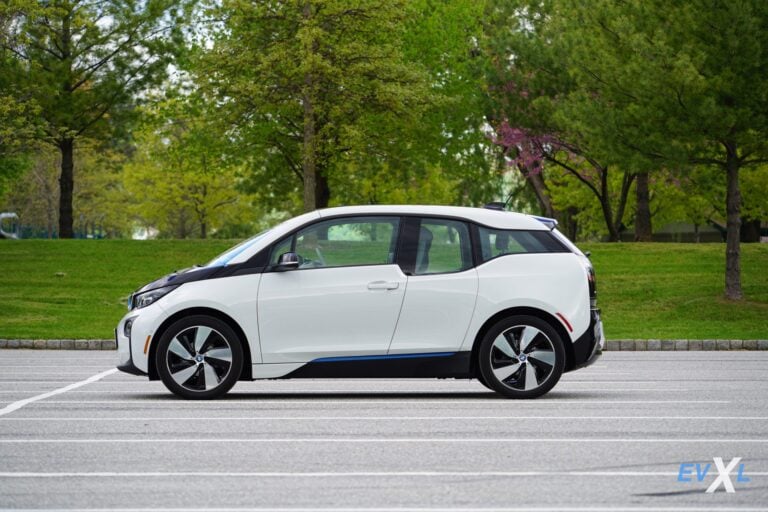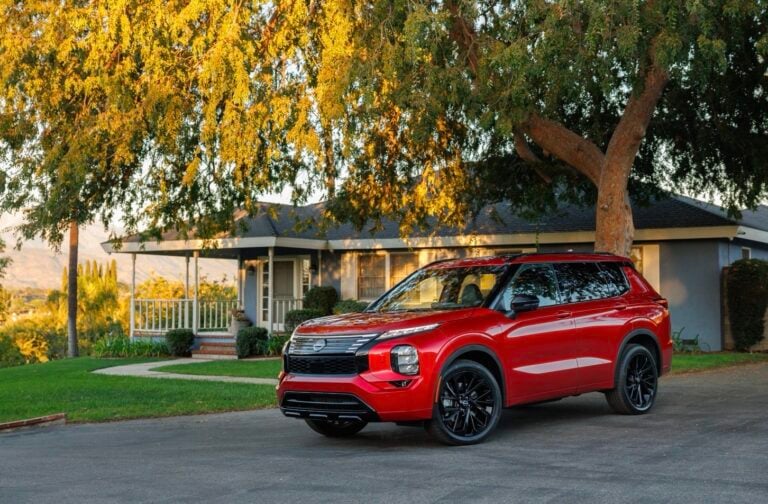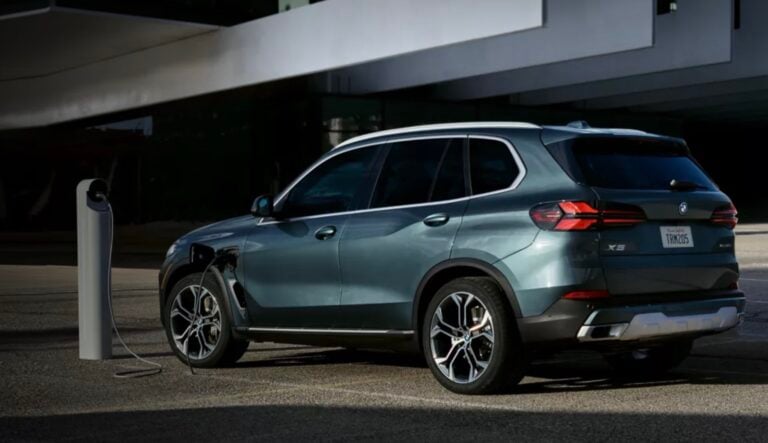Picture this, EV fans: Your next ride could be a driverless Tesla zipping through Brooklyn – and it’s happening faster than you think, with Tesla’s explosive expansion to nine cities!
Tesla has expanded its Robotaxi testing to nine cities nationwide, posting jobs for Vehicle Operators to support Autopilot data collection with safety drivers behind the wheel. This development builds on prior testing in just three locations and underscores Tesla’s push toward advanced Full Self-Driving capabilities. The announcement came via an X post from Tesla enthusiast account Tesla Yoda.
Rapid Growth in Testing Locations
The expansion targets diverse urban environments, allowing Tesla to gather varied driving data. Cities now include:
- Palo Alto, California
- Brooklyn, New York
- Houston, Texas
- Farmer’s Branch, Texas
- Tempe, Arizona
- Henderson, Nevada
- Tampa, Florida
- Clermont, Florida
- Miami, Florida.
These sites align with full-time job listings for Vehicle Operator, Autopilot positions under Engineering & Information Technology, as shown in Tesla’s career postings mirrored on platforms like Glassdoor. Indeed also lists similar roles, confirming openings in Tempe, Arizona, among others.
This marks a significant increase from last week. “Expansion is rapid. Last week there were only 3 cities: Palo Alto, Tempe, Austin,” noted Tesla Yoda in a reply on X. 3
The new hires will likely focus on supervised testing, where operators monitor systems during operation. Pay ranges vary by location; for instance, Brooklyn postings estimate $25.25 to $30.60 per hour, while others like Fremont, California, for related Test Specialist roles span $28.75 to $42 per hour.
Technical Advancements Through Data Collection
Tesla’s strategy leverages safety drivers to enhance its autonomous systems. These operators enable real-world data gathering for the Robotaxi variant of Full Self-Driving software.
“Worth noting: The use of a safety driver enables Tesla to jumpstart data collection under the Robotaxi version of FSD. This accelerates training and enhances the ride experience in paid operations, before receiving permits for driverless testing and eventual commercial deployment,” explained Tesla Yoda in another reply.
This approach allows Tesla to refine neural networks and decision-making algorithms with diverse scenarios, from dense city traffic in Brooklyn to suburban routes in Clermont. Building on that, the data could improve FSD’s handling of edge cases, such as variable weather or pedestrian interactions. EV enthusiasts may see faster software updates as a result, potentially reducing intervention rates in current Autopilot features.
Regulatory and Operational Implications
The reliance on safety drivers highlights ongoing regulatory hurdles. Tesla must secure approvals for unsupervised operations, with Austin already advancing in this area. This raises questions about timelines; while supervised testing can proceed broadly, driverless permits involve state-specific reviews, often requiring demonstrated safety metrics.
Economically, the expansion could lower long-term costs by accelerating FSD maturity, benefiting EV owners through over-the-air updates. However, it also points to transitional expenses in hiring and fleet management. Operationally, these roles demand clean driving records and adaptability, as noted in job descriptions emphasizing vehicle-level testing for future Autopilot features.
Tesla’s move positions it ahead in the autonomous EV space, yet success depends on balancing speed with compliance. As testing scales, this could influence broader industry standards for data-driven autonomy.
Entdecken Sie mehr von EVXL.co
Melde dich für ein Abonnement an, um die neuesten Beiträge per E-Mail zu erhalten.
